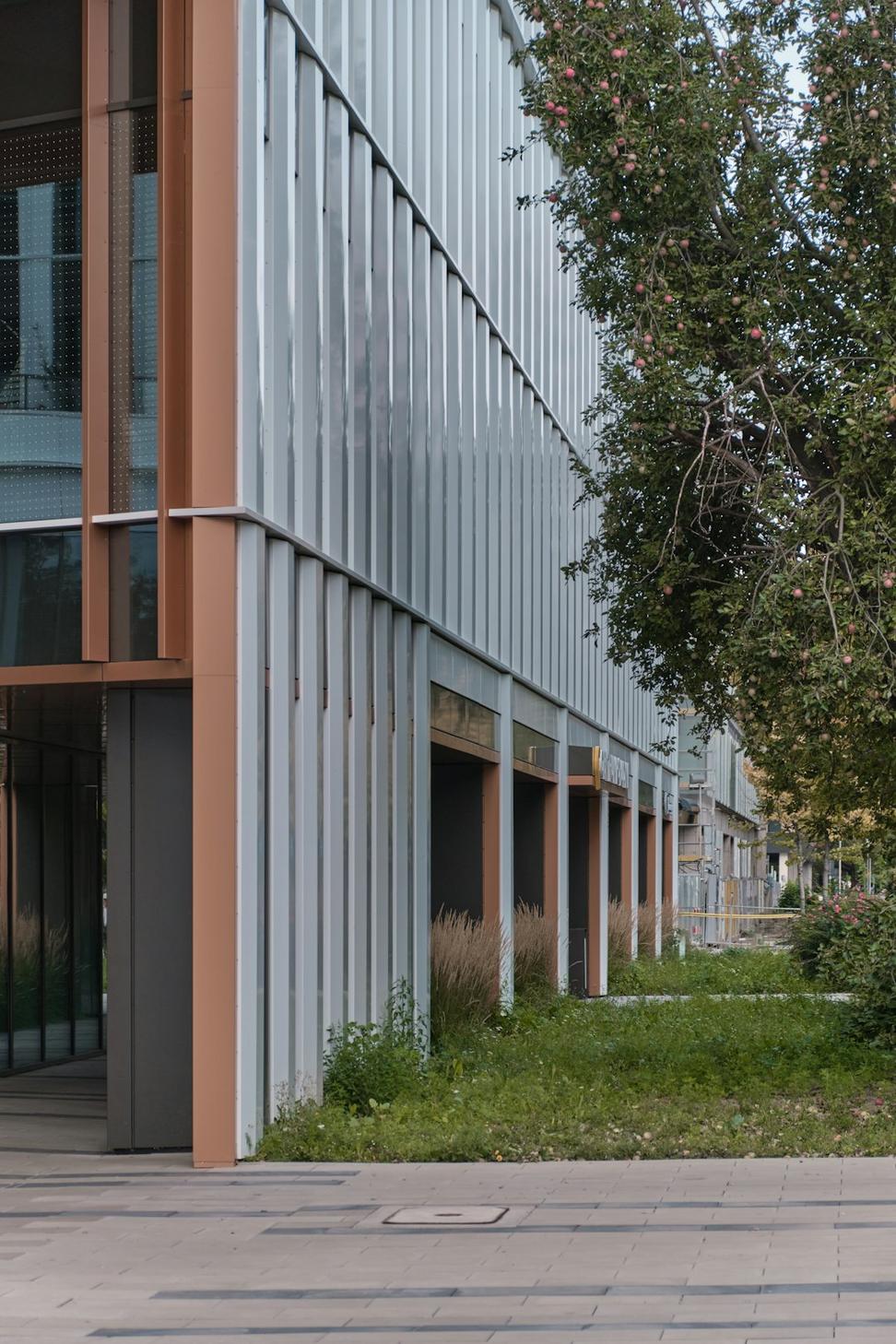
Building with Purpose
We're not just architects—we're stewards of the planet, designing spaces that actually give back more than they take.
Look, sustainability isn't some checkbox we tick off to make clients happy. It's literally how we approach every single project that comes through our door.
I remember when I started in this field back in 2008, "green building" was this niche thing people thought was too expensive or complicated. Fast forward to today, and honestly? There's no excuse not to build sustainably. The tech's there, the materials are available, and when you crunch the numbers properly, it just makes sense.
We've designed over 60 certified green buildings across Ontario, and each one teaches us something new. The goal isn't perfection—it's progress, learning, and constantly pushing what's possible within real-world budgets and timelines.
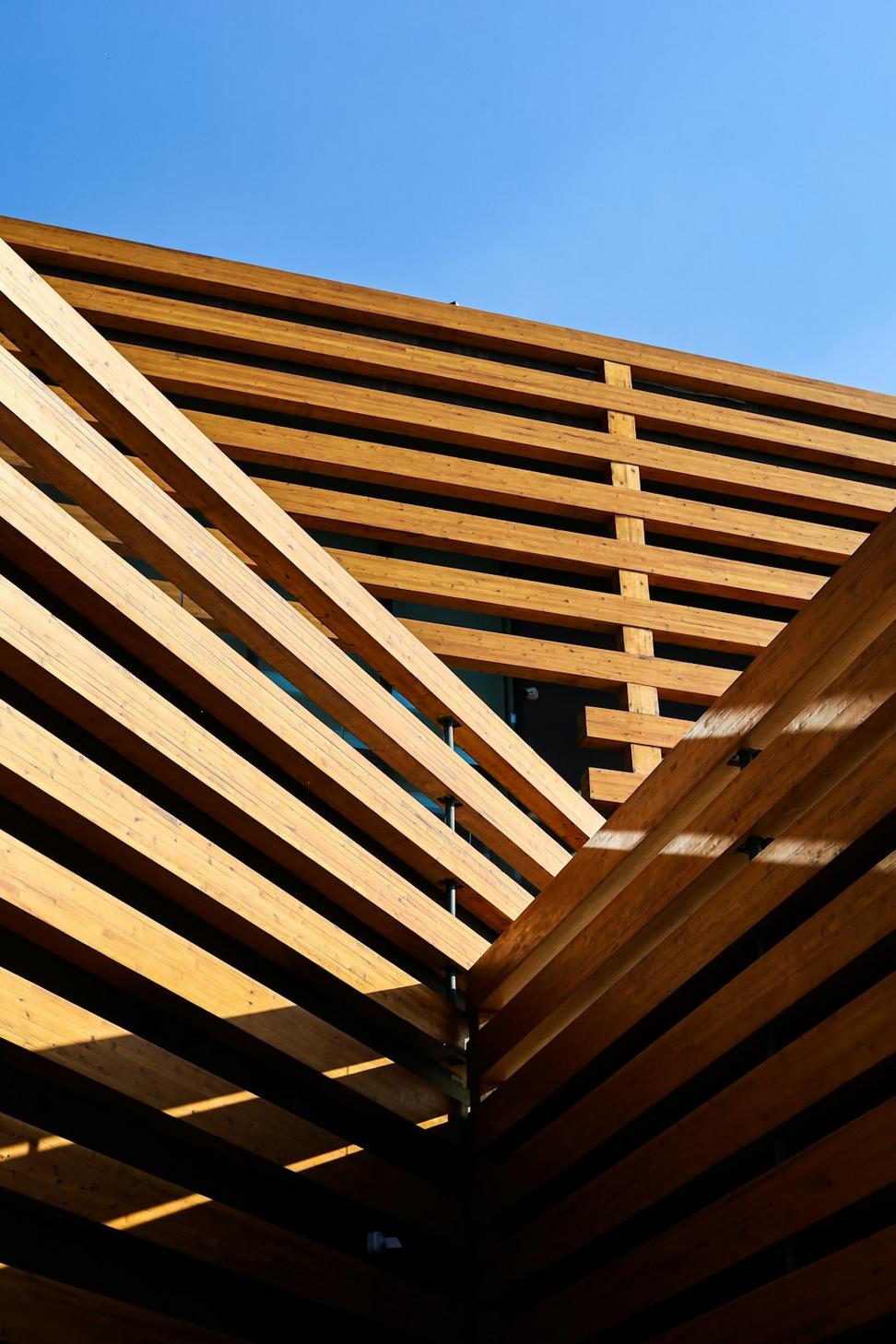
Energy saved annually across our completed projects
Water conserved monthly through smart fixtures and systems
CO2 emissions offset yearly (that's like planting 55,000 trees)
Average construction waste diverted from landfills
We've navigated 28 projects through LEED certification—from Silver to Platinum. Yeah, the paperwork's intense, but there's something satisfying about hitting those performance benchmarks. We're accredited professionals who actually get how to optimize points without blowing your budget.
28 Certified ProjectsThis one's tough but incredible. Passive House is about creating buildings so efficient they barely need heating or cooling. We've completed 5 certified projects and honestly, the energy modeling alone is like solving a complex puzzle. But clients' utility bills? Mind-blowing.
5 Certified ProjectsBuildings that produce as much energy as they consume? It's not sci-fi anymore. We've designed 12 net-zero projects combining solar arrays, geothermal systems, and serious insulation strategies. The engineering coordination's wild, but the result's worth it.
12 Net Zero ProjectsSustainability's not just about the environment—it's about people too. WELL focuses on occupant health and wellness through air quality, lighting, materials. We've got 8 WELL-certified projects because, y'know, people spend 90% of their lives indoors. Might as well make it healthy.
8 WELL ProjectsStuff we actually spec on projects, not just theoretical ideas
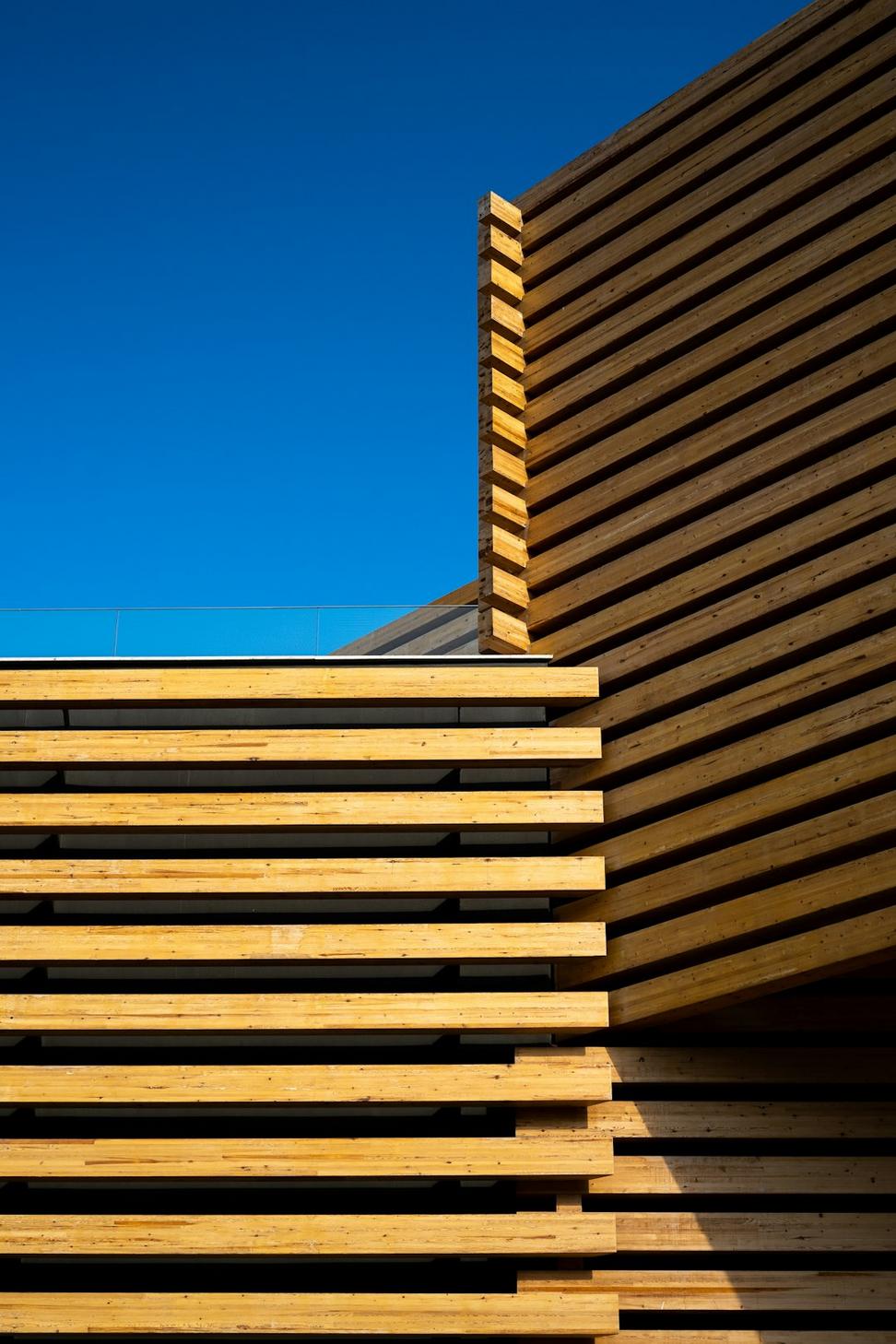
There's something beautiful about giving old timber a second life. We source reclaimed wood from deconstructed barns and industrial buildings across Ontario. When we need new lumber, it's always FSC-certified—meaning it comes from responsibly managed forests.
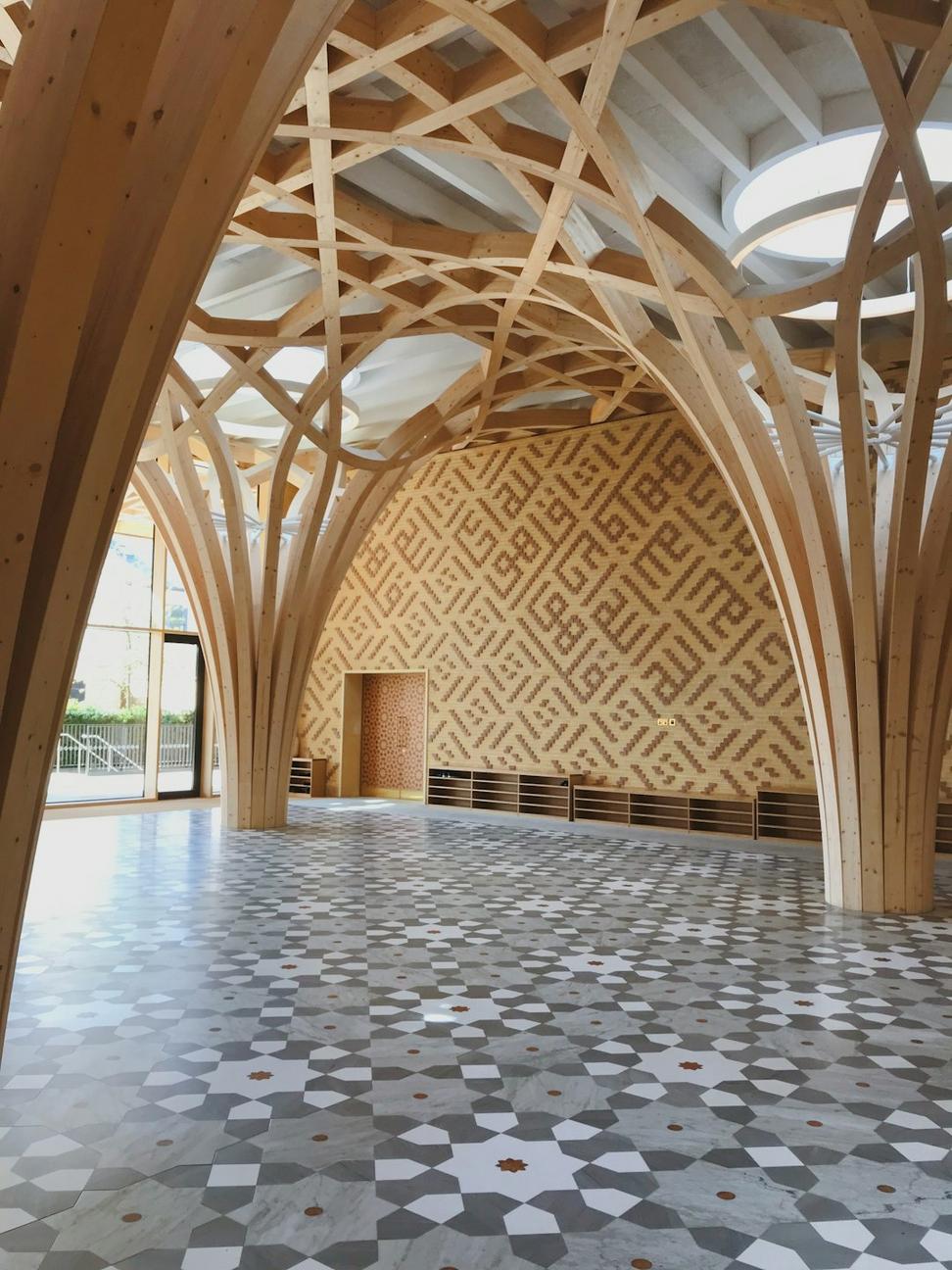
Bamboo grows insanely fast (like, harvest-ready in 3-5 years) and cork regenerates without killing the tree. We use both for flooring, wall treatments, and even cabinetry. Clients love the look and feel—it's warm, durable, and way more sustainable than conventional hardwood.
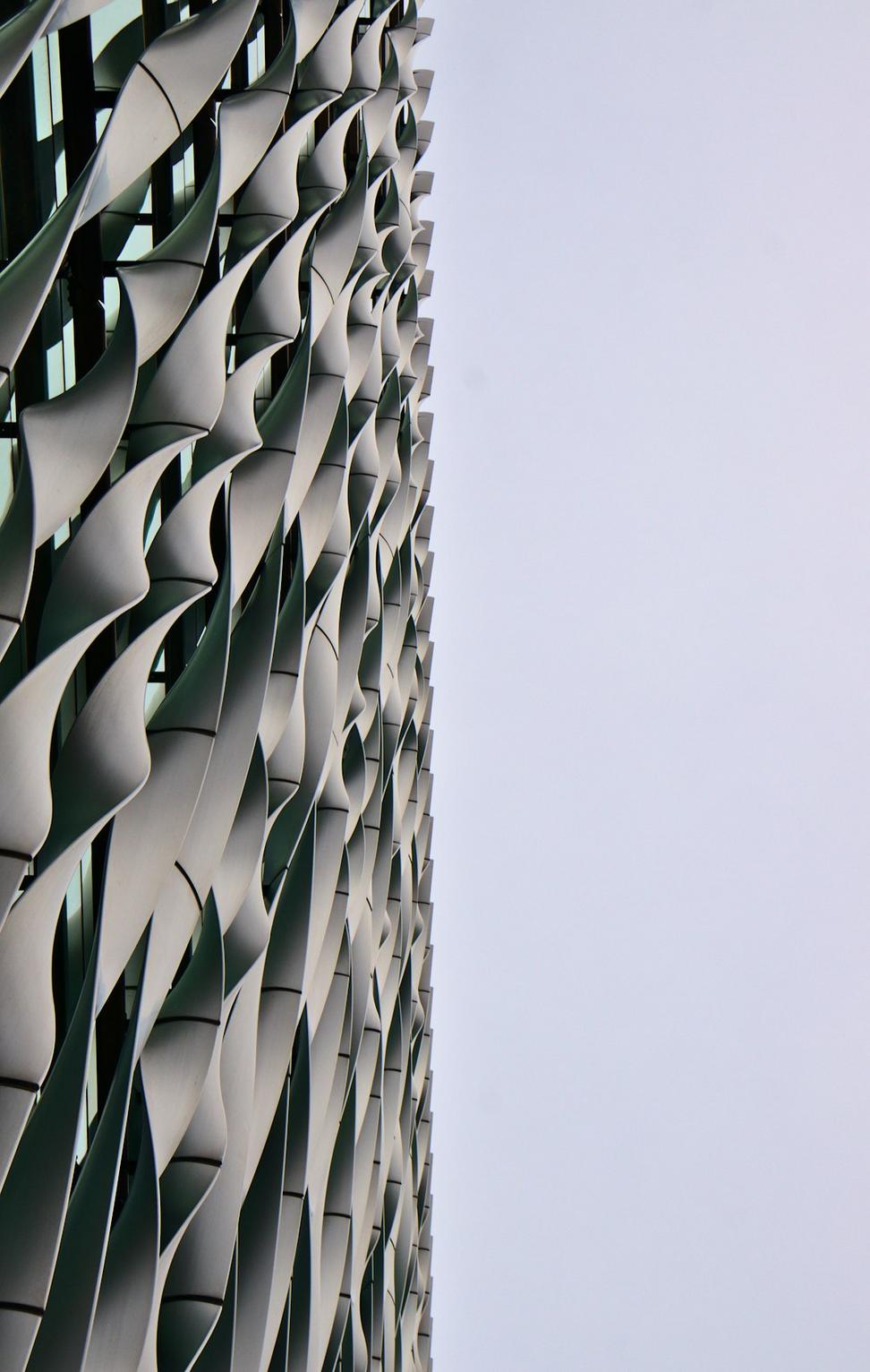
Metal's infinitely recyclable, which is pretty cool. We spec recycled steel for structural elements and aluminum for cladding systems. The performance is identical to virgin material but with way less environmental baggage. Plus, it's just smart economically.
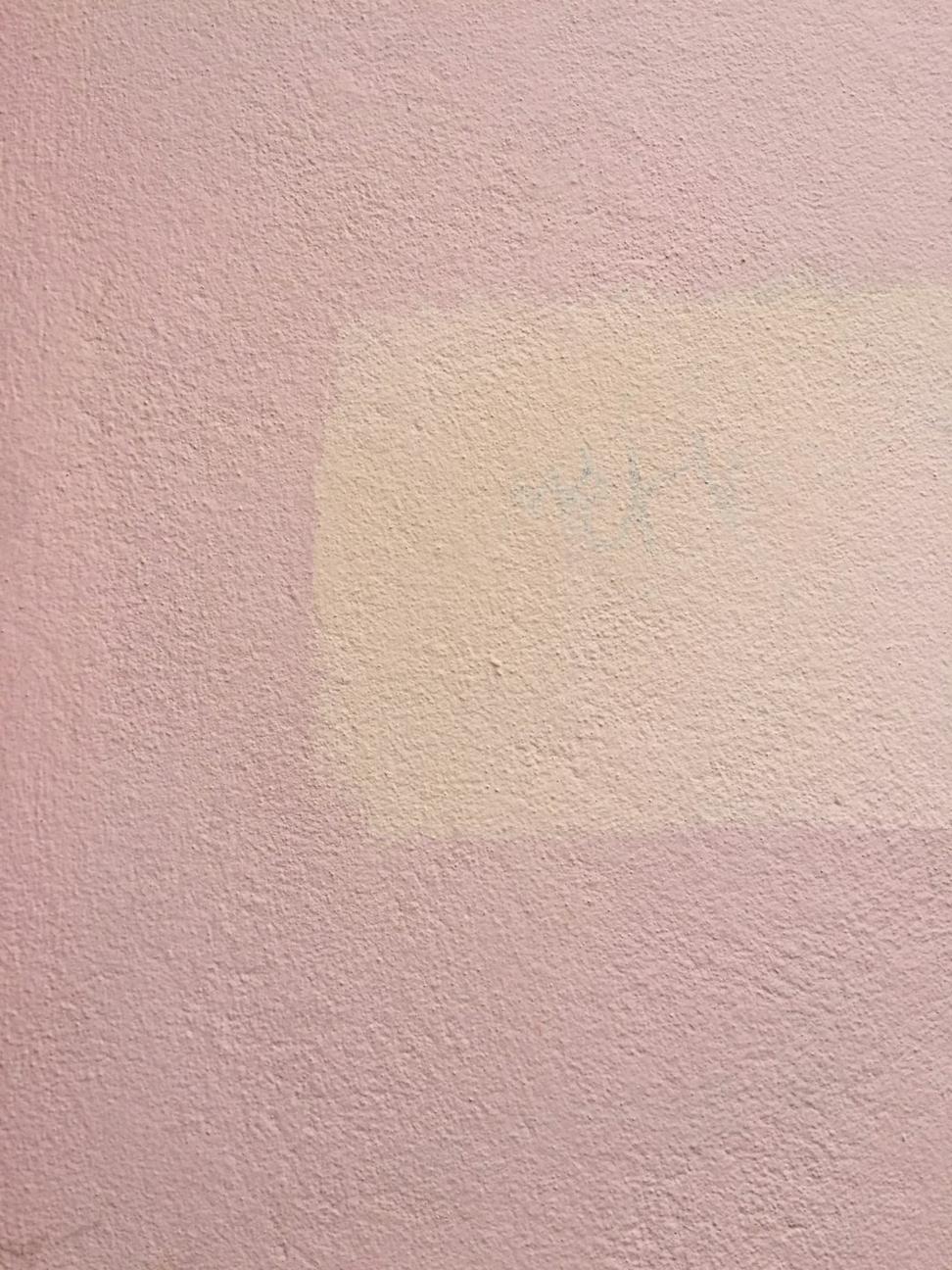
Volatile Organic Compounds (VOCs) are nasty chemicals in conventional paints and finishes that off-gas for years. We exclusively use low or zero-VOC products, natural oils, and mineral-based paints. Indoor air quality isn't negotiable for us.
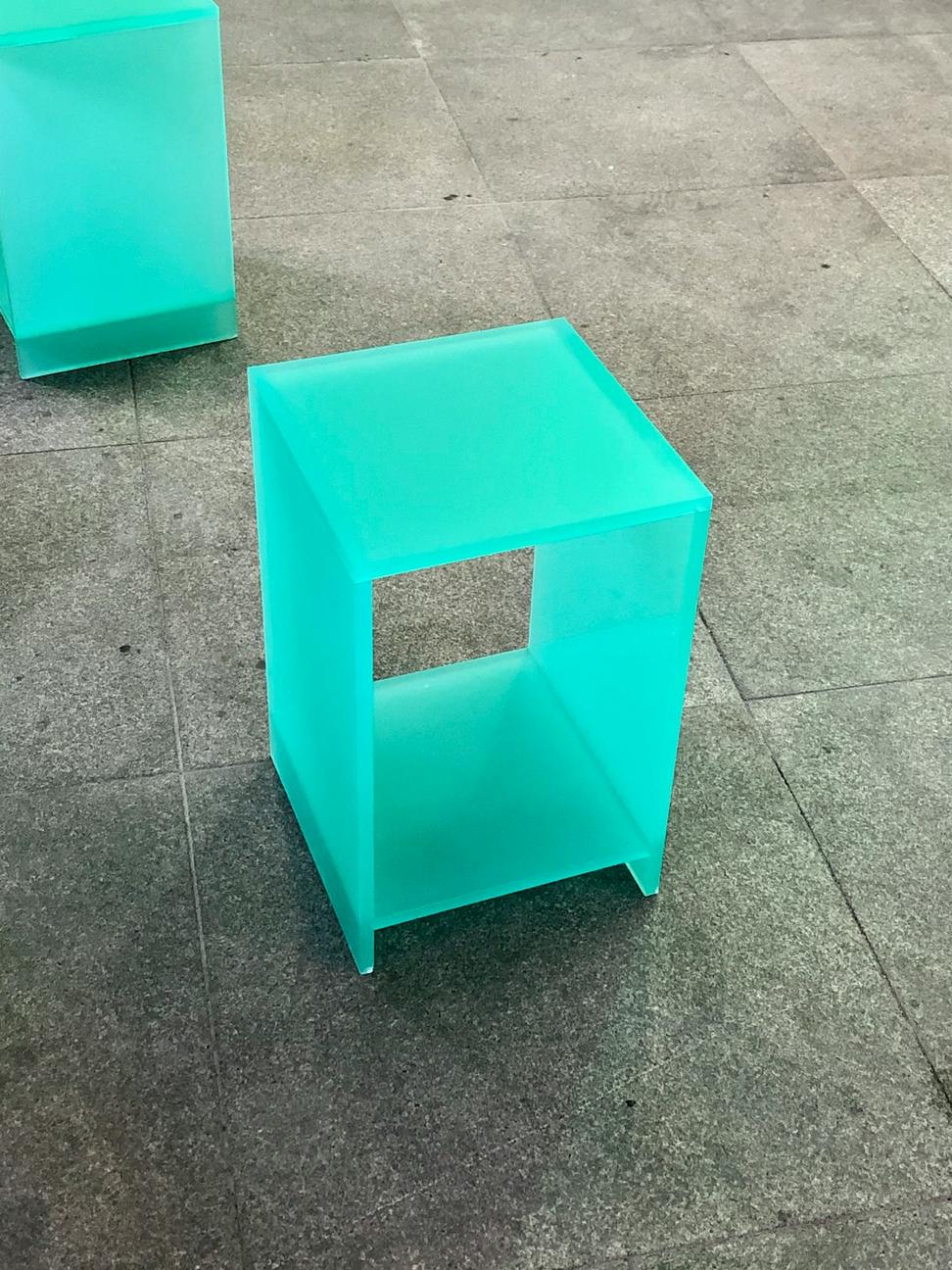
Countertops and surfaces made from recycled glass are stunning—seriously gorgeous when done right. We also incorporate recycled content into concrete mixes (fly ash, slag) which reduces the massive carbon footprint of traditional concrete. Every bit helps.

Sheep's wool, cellulose, hemp—these aren't hippie materials anymore, they're legitimately high-performance. We've used wool insulation that regulates moisture naturally and cellulose made from recycled newspaper. The R-values compete with synthetic options minus the nasty chemicals.
This is Architecture 101 stuff that somehow gets forgotten. We orient buildings to maximize natural light and heat in winter while minimizing it in summer. Strategic window placement, thermal mass, shading devices—it's not rocket science, just good design that's been around forever.
The building envelope is where most energy loss happens. We obsess over insulation values, air sealing, and thermal bridging. Triple-pane windows, continuous insulation, proper vapor barriers—it's the unsexy stuff that makes the biggest difference in performance and comfort.
Solar panels aren't just slapped on roofs anymore. We integrate photovoltaics into the building design from day one—considering roof angles, electrical systems, battery storage, and grid connectivity. Same with geothermal, wind, or solar thermal where it makes sense.
Rainwater harvesting, greywater recycling, low-flow fixtures—we design comprehensive water strategies. Some projects we've done reduce municipal water use by 50% or more. It's about closing loops and treating water like the precious resource it is.
The greenest building is often the one that already exists. We love adaptive reuse projects—transforming old structures instead of demolishing them. And when designing new, we think long-term: Can spaces adapt to different uses? Will systems be easy to upgrade? Buildings should last generations.
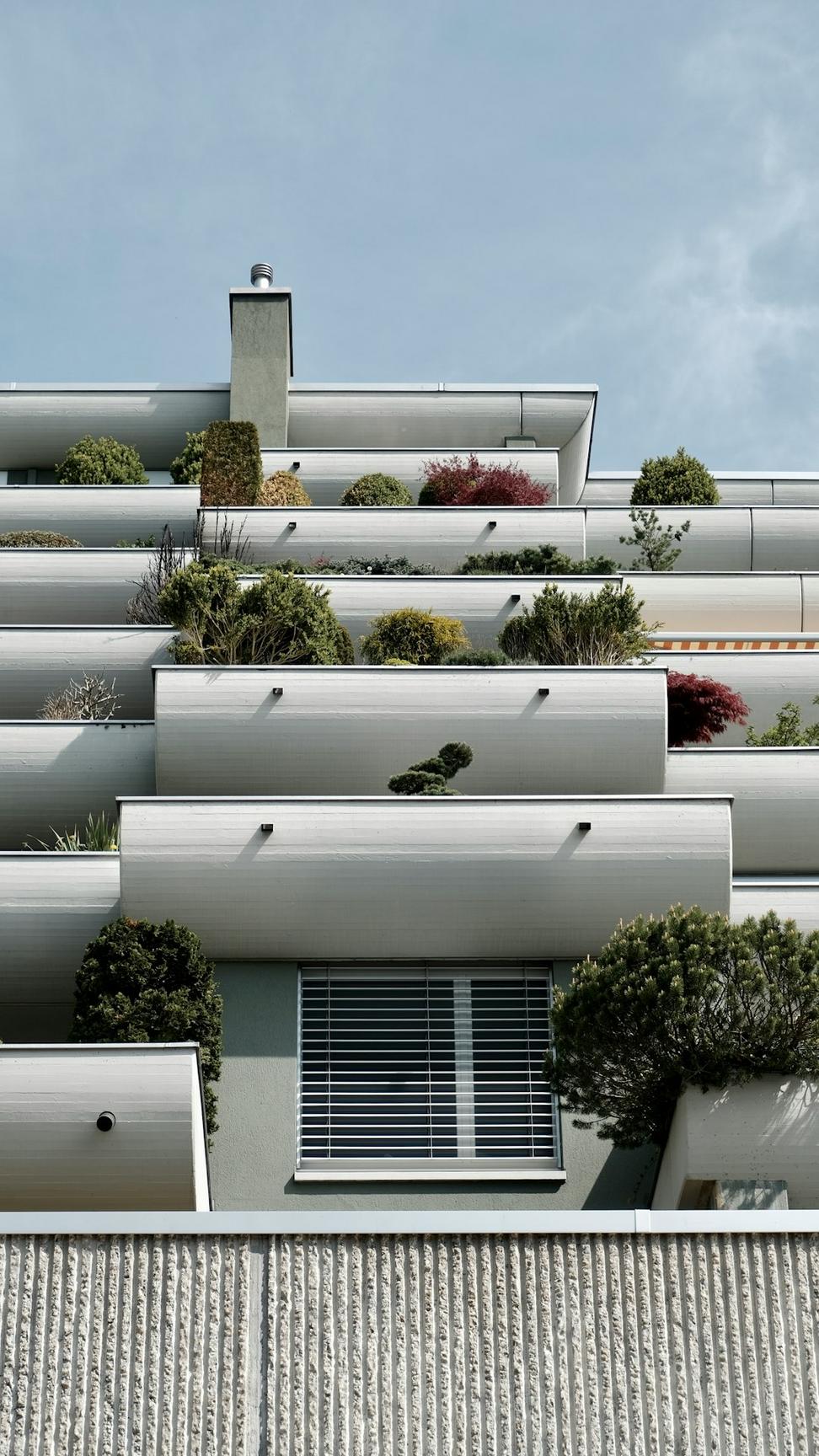
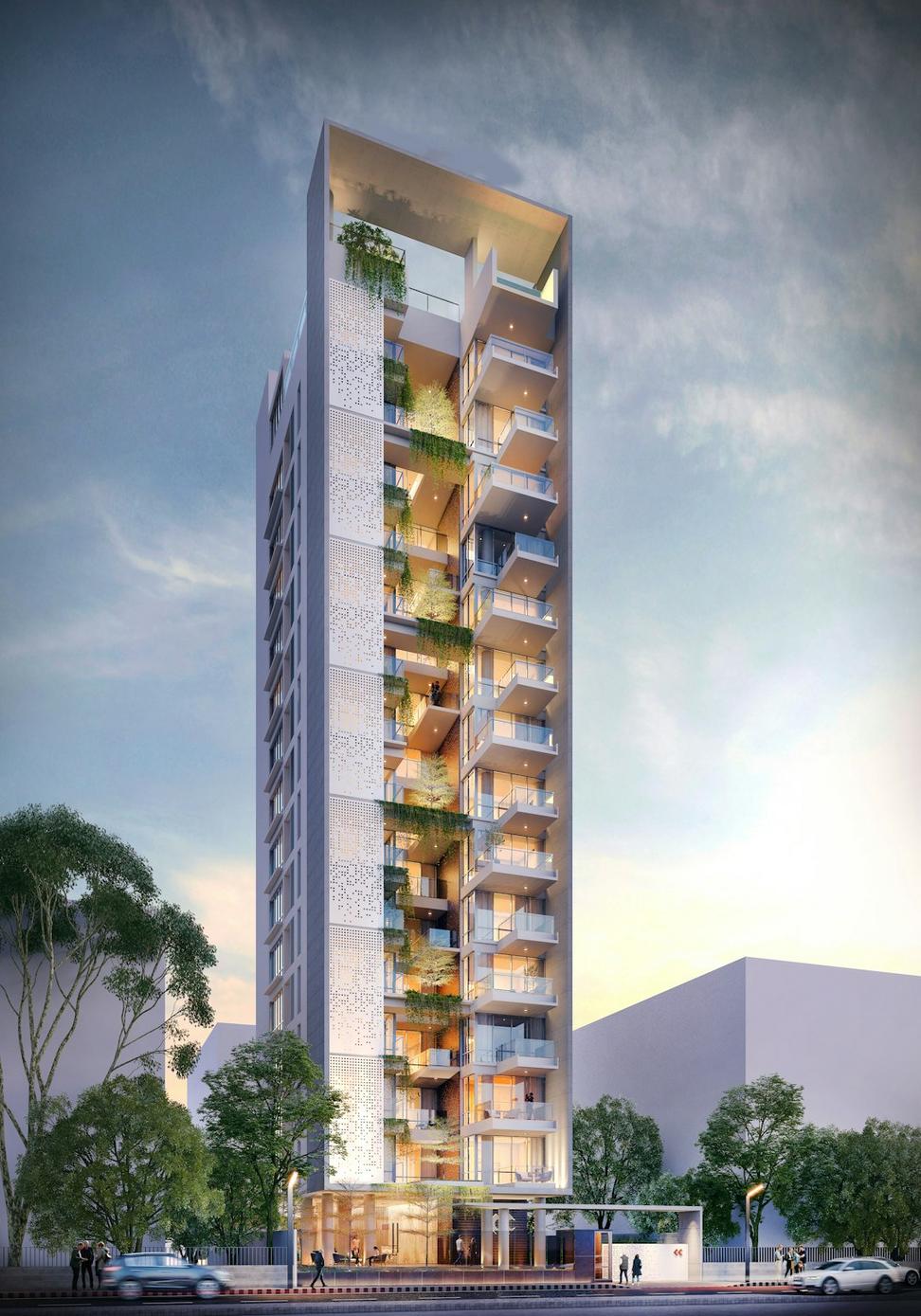
This 3,200 sq ft family home on Toronto's waterfront produces more energy than it consumes annually. The clients wanted luxury and sustainability without compromise—which honestly sounded impossible at first.
We integrated a 12kW solar array, triple-pane European windows, 16-inch wall assemblies, and an ERV system that recovers 95% of exhaust heat. The geothermal system handles heating and cooling. Construction waste diversion hit 91%. First year results? The house generated 14% more electricity than used. The family's utility bill is literally negative.
Organizations and standards that shape how we think about sustainable design
The main LEED certifying body in Canada. Their conferences and resources are legit useful for staying current on building science and policy changes affecting green construction.
These folks are pushing the entire industry toward carbon-neutral buildings by 2030. Ambitious? Yeah. Necessary? Absolutely. Their research informs a lot of our design decisions.
The technical depth here is incredible. If you want to geek out on building envelopes, energy modeling, and thermal bridges, this is where it's at. Their training programs are intense but worthwhile.
Whether you're looking for LEED certification, net-zero performance, or just want to build responsibly—let's talk about what's possible for your project.
Start a Conversation